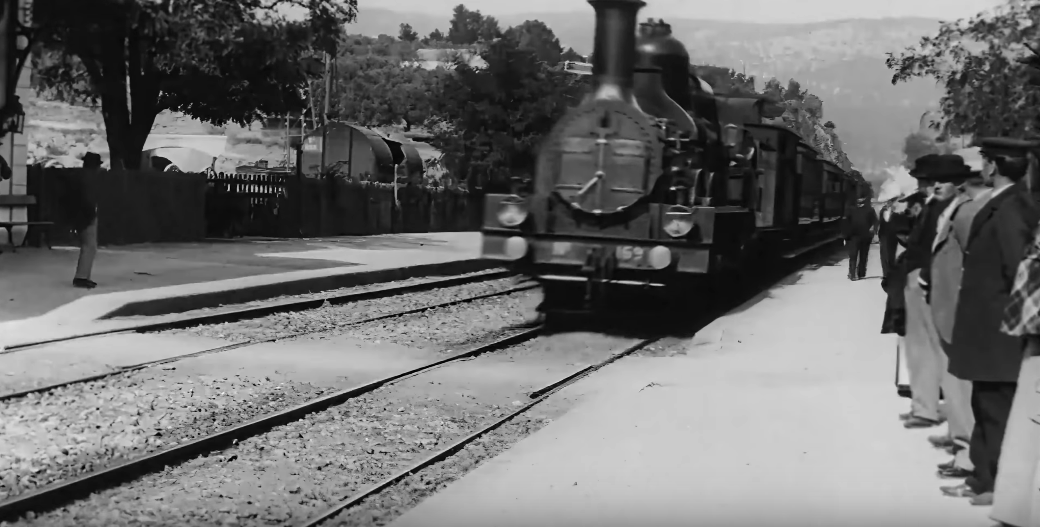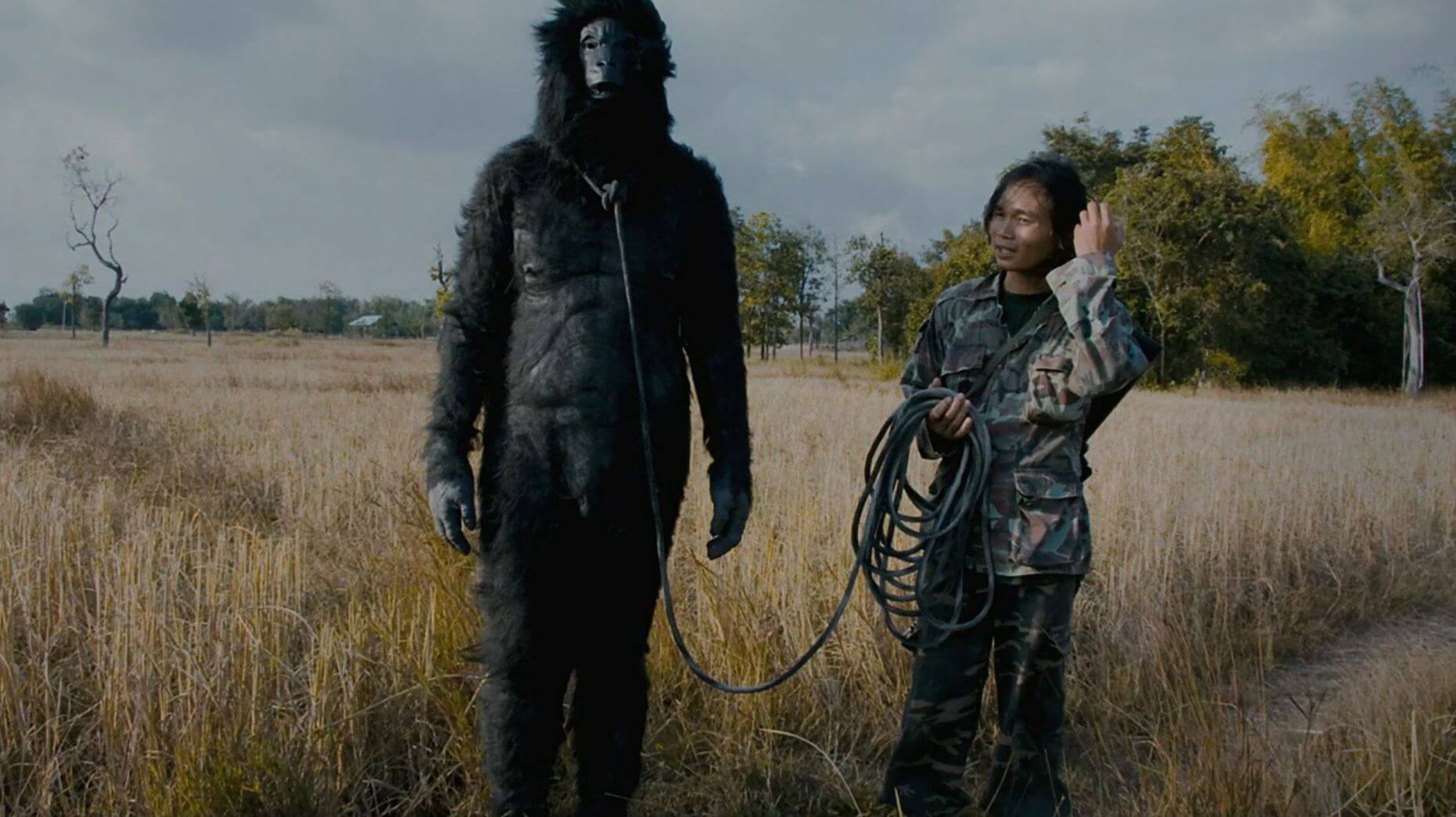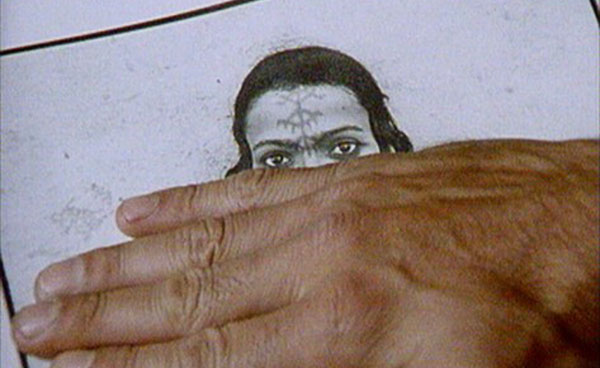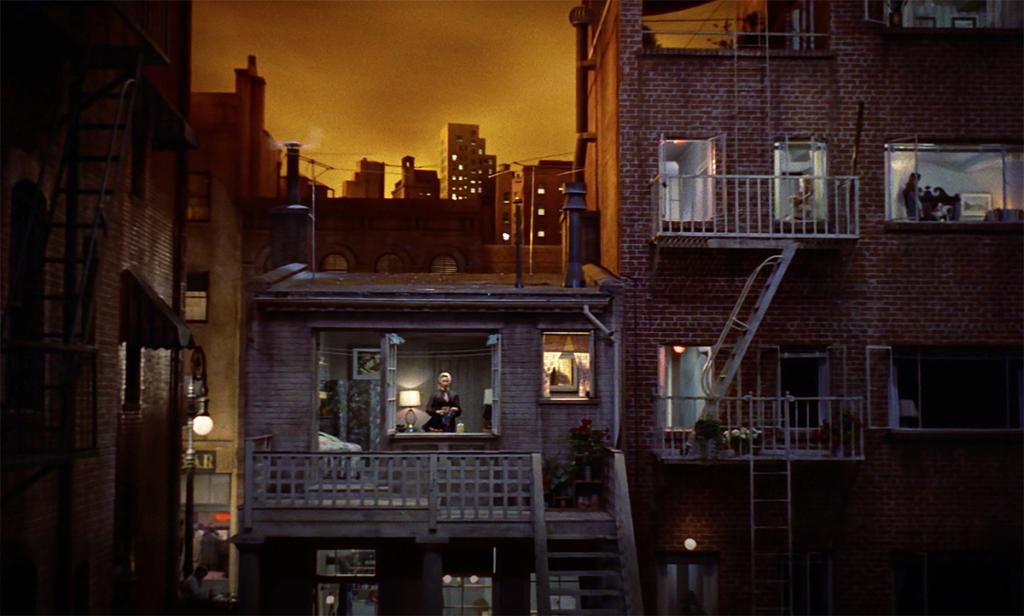
This course offers an introductory exploration of central features of film and television aesthetics, including formal and stylistic elements, such as color, lighting, editing, sound and narrative structure. Students will be exposed to a wide spectrum of types of films and television shows, including silent, abstract, non-narrative, foreign, documentary and the artistic choices manifested by each. We will look at issues pertaining to production, distribution and exhibition. Subjects are treated topically rather than historically, and emphasis is placed on mastering key vocabulary and concepts.
- Instructor: Fabio Andrade
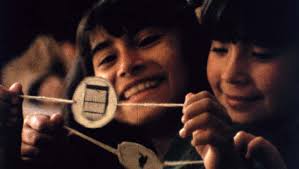
This course investigates the history and theory of several filmic traditions in Latin America, from
the silent era until the present. The films will be discussed within specific cultural, social,
infrastructural, and political contexts, with special attention to how these contexts overlap and
diverge in relation to each other, and to the films. We will study important artistic developments
in countries such as Argentina, Brazil, Chile, Cuba, Colombia, and Mexico, among others, using
both features and shorts, theatrically exhibited and non-theatrical films. The readings pair
scholarly works with artists’ manifestos to investigate the recurrence of specific genres (political
cinema; magical realism; melodrama) and situate the socio-cultural roles played by artistic
schools including Brazilian Cinema Novo, the Cuban school of revolutionary documentary, the
Colombian Tropical Gothic, the Nuevo Cine Argentino, and the recent infiltration of Hollywood
by Latin American filmmakers, such as Pablo Larraín and Mexico’s “three amigos.”
the silent era until the present. The films will be discussed within specific cultural, social,
infrastructural, and political contexts, with special attention to how these contexts overlap and
diverge in relation to each other, and to the films. We will study important artistic developments
in countries such as Argentina, Brazil, Chile, Cuba, Colombia, and Mexico, among others, using
both features and shorts, theatrically exhibited and non-theatrical films. The readings pair
scholarly works with artists’ manifestos to investigate the recurrence of specific genres (political
cinema; magical realism; melodrama) and situate the socio-cultural roles played by artistic
schools including Brazilian Cinema Novo, the Cuban school of revolutionary documentary, the
Colombian Tropical Gothic, the Nuevo Cine Argentino, and the recent infiltration of Hollywood
by Latin American filmmakers, such as Pablo Larraín and Mexico’s “three amigos.”
- Instructor: Fabio Andrade
